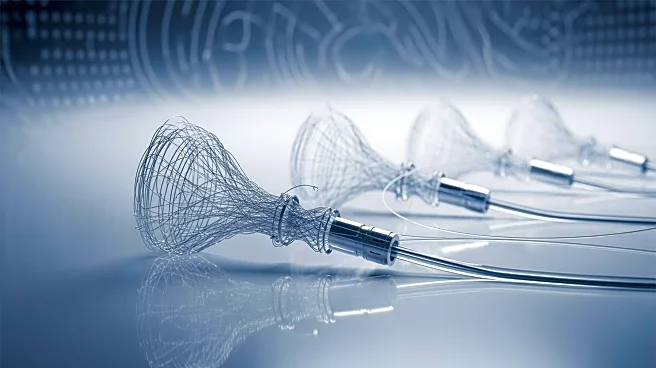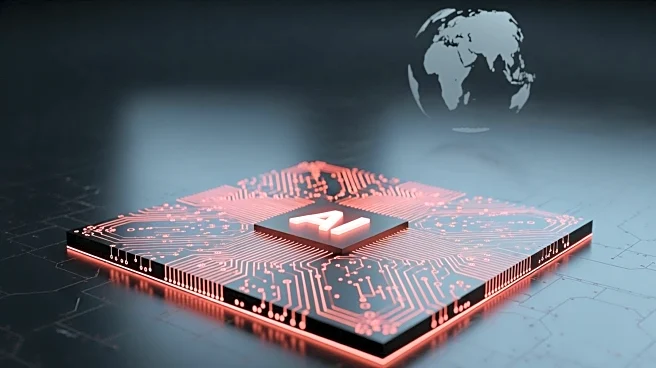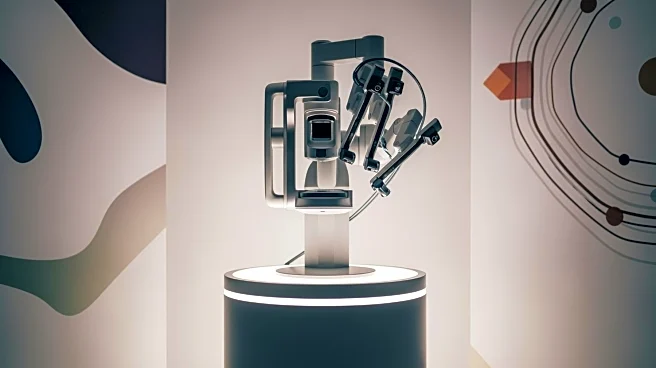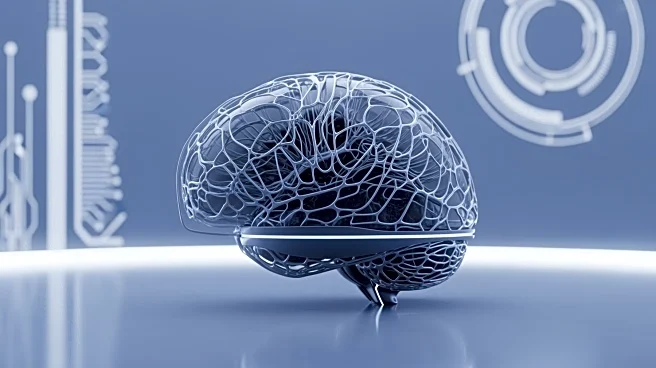What's Happening?
Researchers from Stanford University and other institutions have developed implantable fibres made from rolled-up electronics, designed for advanced medical sensing applications. These fibres, fabricated using thermoplastic elastomers, contain multiple
electrode channels and are capable of motility sensing, electrical stimulation, and electrochemical sensing of serotonin in animal models. The technology allows for continuous single-neuron recording in mice and can be guided to specific locations using magnetic beads. Another variant developed by researchers in China features stretchable fibres with segmented electrodes and strain sensors, capable of capturing local field potentials in rabbit brains.
Why It's Important?
The development of these implantable fibres represents a significant advancement in medical technology, offering new possibilities for monitoring and treating neurological conditions. By enabling precise sensing and stimulation within the body, these fibres could improve the accuracy of medical diagnostics and therapies, particularly in neurology. The ability to record single-neuron activity over extended periods could enhance our understanding of brain function and lead to breakthroughs in treating disorders like epilepsy and Parkinson's disease.
What's Next?
As research progresses, these implantable fibres may be integrated into clinical settings, providing new tools for doctors and researchers to monitor and treat patients with neurological conditions. Further development could lead to more sophisticated versions capable of interfacing with other medical devices, potentially revolutionizing personalized medicine and patient care.
Beyond the Headlines
The use of rolled-up electronics in medical applications highlights the growing intersection of technology and healthcare, paving the way for more innovative solutions in medical diagnostics and treatment. This approach could inspire further research into flexible electronics and their applications in other areas of medicine, such as cardiovascular monitoring and drug delivery systems.













